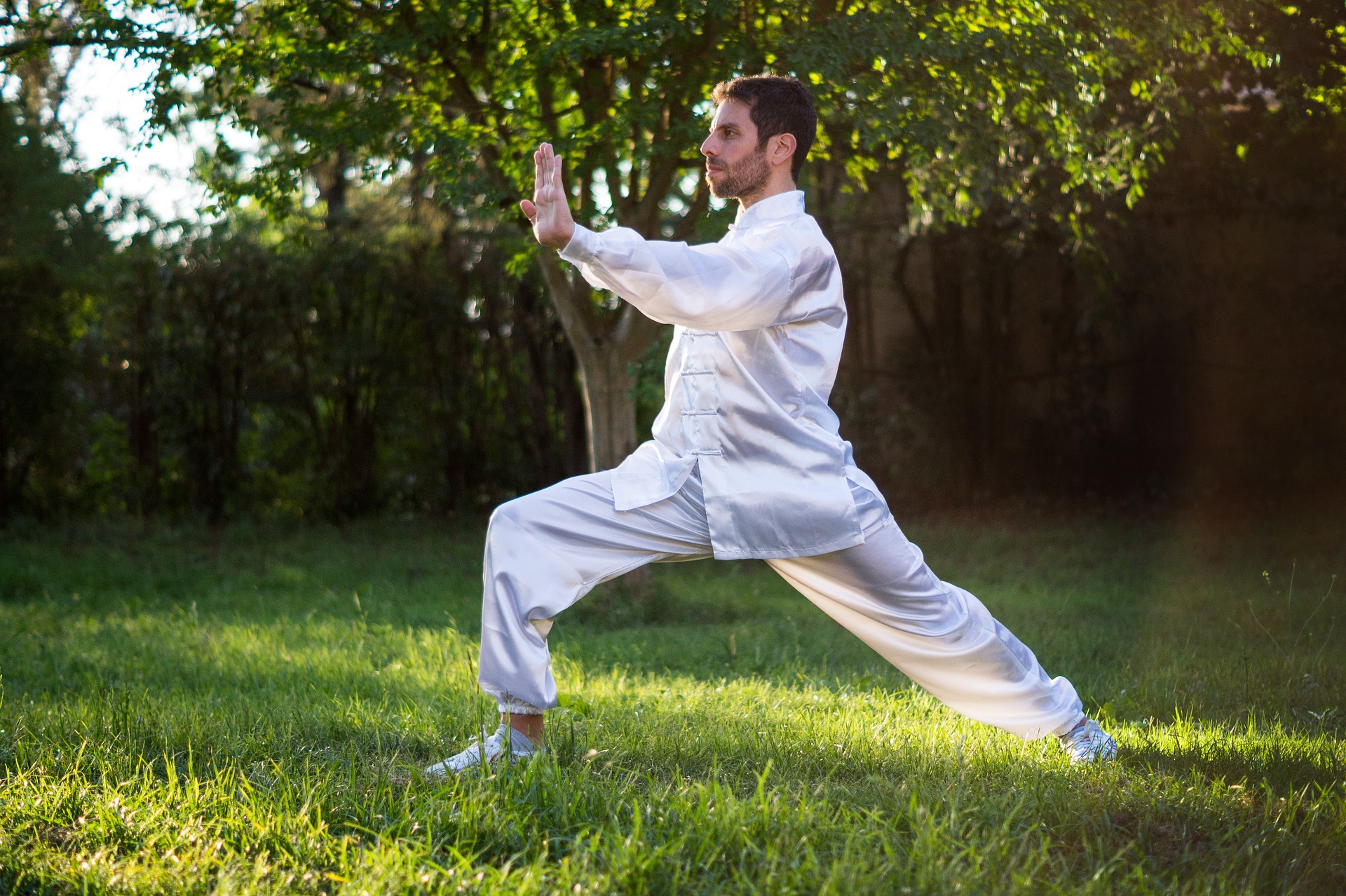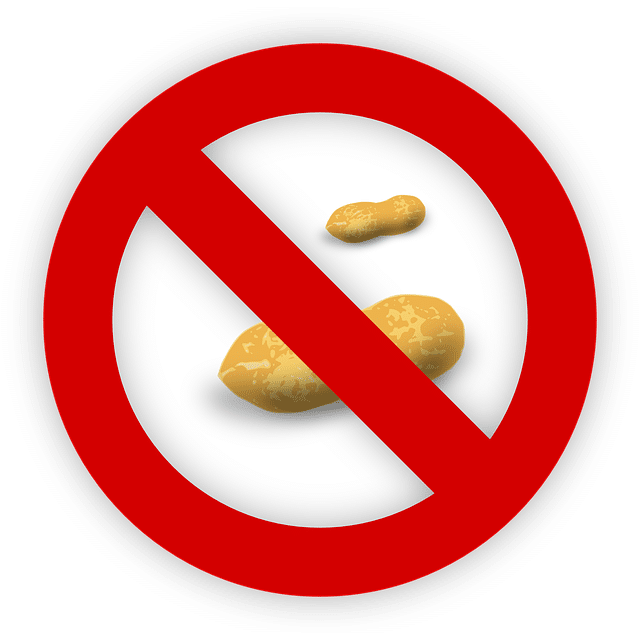Finding the right Martial Art as a beginner is quite simple, but there are some forms that your body may not agree with or styles that are too challenging. This is a guide based on dedicated artist, Lindsay Guion, Founder, CEO, and Chairman of GUION PARTNERS, that has mastered several of the arts mentioned below, to help you understand the different types of Martial Arts and preparing yourself to move forward with whichever style you may choose. Are there challenges? Of course. Will there be soreness, a few bruises, miss stepping? Yes, there will be. Having the drive and ambition to strive through any Martial Arts style will have you exiting the beginner stages before you know it.
History
Martial Arts are a series of combat movements and striking methods toward an opponent. This is considered self-defense, which started in the early 1550s both in East Asia and Europe. Many understand the forms from accomplished artists such as Bruce Lee, Jackie Chan, and Jet Li. These are the stars that mainly get others motivated to want to begin Martial Arts. The list doesn’t stop there. Muhammad Ali, Mike Tyson, Connor McGregor practice a boxing type of Martial Arts.
Most Popular Forms:
There are hundreds of different forms of Martial Arts.
Understanding each as a beginner will help guide you to finding your passion.
Below are a few of the most popular forms of Martial Art to help beginners
choose a path to follow.
1. Judo
Judo began in Japan as a competition sport that over time became its own
distinct Martial Art. This form focuses on teaching you to throw or overpower
your opponent and receive points. This requires balance and proficient
technique to execute. This form does not involve striking techniques.
2. Kickboxing
Kickboxing is perfect for many people because it can be a part of a fitness
routine, body toning, self-defense, or as a sport. Striking movements are part
of this form. Attacking your opponent swiftly receives points. Outside of the
sport, it is a solo conditioning that includes kicks, disarming, punches, knee
hitting, and occasionally headbutts. Regardless of the form, this does take
body conditioning and constant training.
3. Karate
Karate began in Japan and is very popular in the western hemisphere. Grappling,
kicking, punches, and a series of swift hand movements are used to disarm your
opponent. Having control within the stance is important to keep your balance.
This form has several levels from white belt to black belt. This style is also
great for strengthening the body.
4. Aikido
Aikido is a Japanese Martial Art that is solely self-defense based. There is
not striking within this form. Vulnerability is the focus with this form as the
attacker should be able to identify when their opponent is weakening and
becoming unfocused. Steven Seagal is a famous actor and artist who practices
this form. This form consists mainly of grappling and joint locks.
5. Taekwondo
Taekwondo is a popular Korean Martial Art. This form allows for striking and
self-defense or fitness. This style focuses on the proper techniques of quick
hand movements and kicks up to the waist. Being quick, focusing on your balance
and endurance will help greatly with this form. Mental focus is also very
important with this form of Martial Art and can be improved with continuous
training.
6. Brazilian Jiu-Jitsu
Brazilian Jiu-Jitsu has been seen in movies and in popular video games such as
Tekken. Originating out of Brazil, this form consists of choke holds,
grappling, striking and aggressive movements. Understanding two gravities – your
opponent and your own – is a key element in mastering Jiu-Jitsu. This is a more
violent form than similar styles, but very effective when it comes to
self-defense. There are also beginner classes that focus more on grappling and
throw movements.
7. Traditional Boxing
Traditional Boxing is a western sport and the boxers are known for their swift
movements and ability to seamlessly dodge their opponent and deliver an attack.
Boxing is a combination of speed and opportunity. Learning how to properly
punch from the body takes time to accomplish, but the beginning stages are
great because of the condition and understanding the mind and body goes
through. This is also perfect body toning training for anyone.
8. Wrestling
Wrestling isn’t recognized by many as a Martial Arts style because of the TV
portrayal. In fact, it is a popular Martial Art form especially in schools and
extracurricular activities. Let’s remove WWE and focus on the actual combat
that is considered one of the oldest forms from Europe. Grappling is a large
portion of this form as well as pinning your opponent.
9. Krav Maga
Krav Maga is derived from Israel. The purpose of this style is mainly focused
on street fighting. Moves taught in Jiu Jitsu such as grappling are used in
this form as well. A combination of different styles such as Karate and boxing
are implemented in this form. Striking movements and boxing punches are
executed to takedown your opponent. This is a style that is not for the faint
of hearts. Although the point is to eliminate your opponent, there are classes
that are more focused on self-defense techniques that are on the disarming
spectrum instead. This is a great self-defense style for women or men who do
not feel safe in their surroundings or environment.
10. Muay Thai
Muay Thai is form Thailand and executes several striking movements such as
punches and kicks in an attacking manner. This sport is often categorized as
violent, but it is great for self-defense because of the excellent kicking
technique with a force behind it. Muay Thai is the backbone of MMA which is
Mixed Martial Arts. That is because of the different style tactics placed into
one form.
Legitimate Places
When it comes to deciding on the
facility, instructor, or coach to train and work with it is important to
understand where their knowledge comes from. Countless dojos pop up around the
world and there are techniques that shouldn’t be practiced because they can
harm the student more than intended. Look at certificates and don’t be afraid
to ask questions.
Martial Arts can be great and demanding on the body. Lindsay Guion expresses how important is as a beginner to know your limits and
voice them when needed to help you through your beginner training. Most
importantly, go with whichever style drives you as well as what is best for
your body. A skilled coach or instructor will not push you over what your body
limits are.









